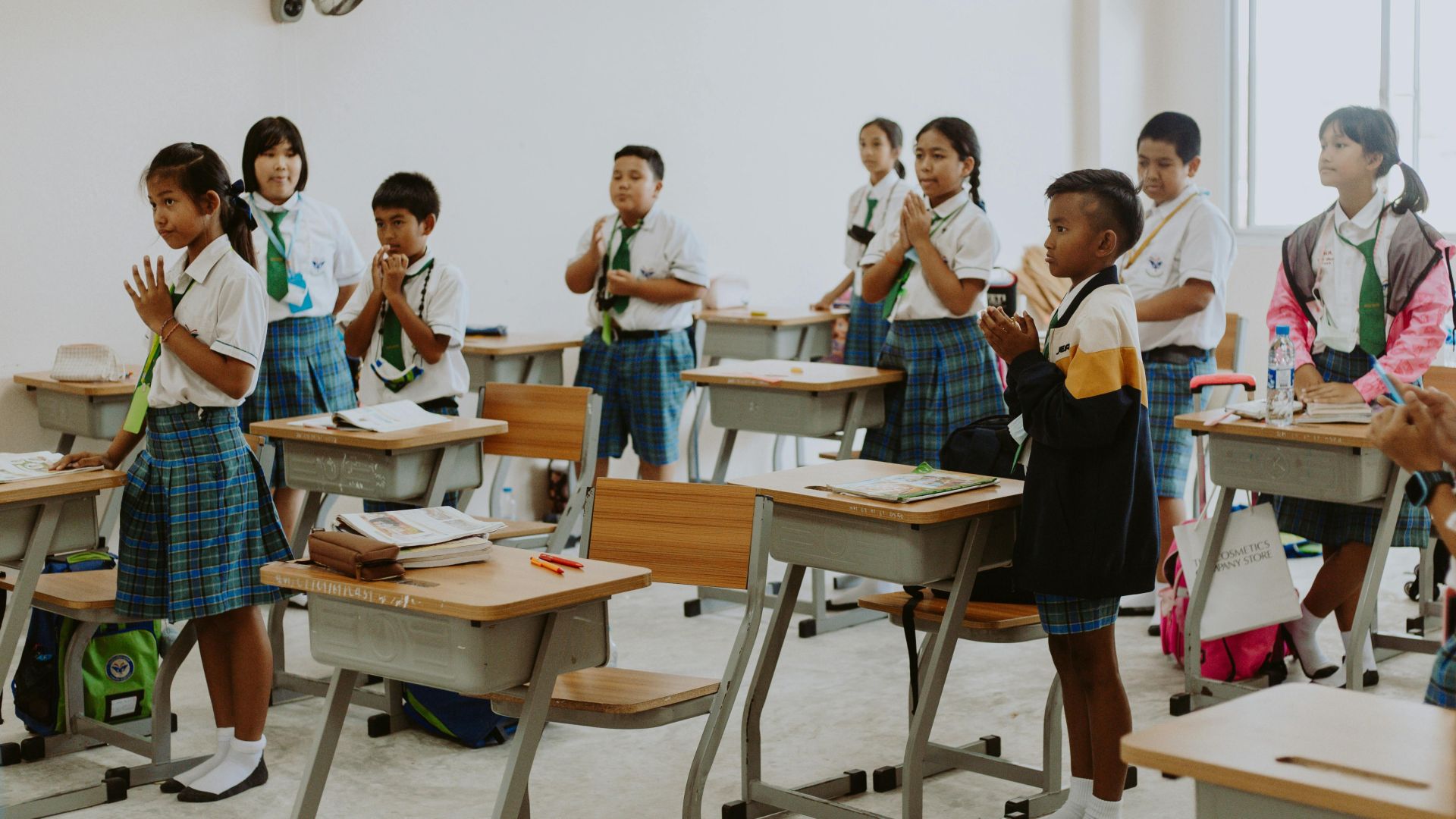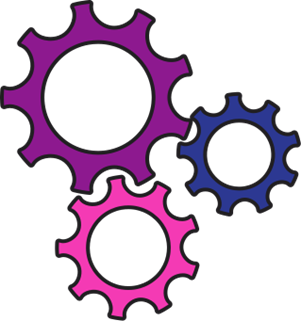
The education system as we know it today was designed during the Industrial Age, a time when society's needs were vastly different from the complex world we now inhabit. Its foundation was built on the premise of efficiency and uniformity, much like the factories and assembly lines that powered the economy at the time. Children were grouped by age, taught a fixed curriculum, and expected to meet standardised criteria, preparing them for a life of regimented work. The focus was on rote memorisation, punctuality, and obedience—qualities valued in a factory setting where routine tasks were the norm.
Fast forward to today, and the world looks nothing like it did in the 19th century. We are now in an era marked by rapid technological advances, a globalised economy, and jobs that didn’t even exist a decade ago. The skills needed to thrive in this dynamic environment—creativity, problem-solving, emotional intelligence, and adaptability—are far removed from those once needed for industrial work. Yet, in many ways, our education system still reflects that outdated model. Children are largely taught in the same ways their parents and even grandparents were taught, despite the profound changes in the world outside the classroom.
One of the key issues with today’s system is its one-size-fits-all approach. Children are diverse, with unique talents, interests, and ways of learning. But the standardised nature of the current model often stifles this individuality, forcing students into a narrow mould. The relentless focus on exams and performance metrics can leave little room for creativity or independent thought. Instead of fostering a love for learning, the system often prioritises measurable outcomes, which do not necessarily correlate with a child's potential to succeed in life.
Furthermore, the curriculum often lags behind the times. While schools may offer some exposure to modern technologies and skills, many still prioritise subjects that were essential for an industrial society but may be less relevant today. As industries move towards automation and artificial intelligence, the jobs that will dominate the future are likely to require critical thinking, technological fluency, and the ability to collaborate across cultures and disciplines. Yet, these skills are often relegated to the periphery in favour of traditional subjects.
Another challenge lies in the rigid structure of the school day. In the Industrial Age, the 9-to-3 school schedule mirrored the factory workday. This structure may have made sense when the goal was to prepare children for the workforce. But in today’s world, where flexibility and innovation are prized, such a timetable may do more harm than good. It can stifle students’ natural curiosity, limiting the time they have to explore ideas and develop passions. Meanwhile, the pressures of this structure can contribute to stress and mental health issues, as students are expected to perform within an outdated framework that does not accommodate the complexities of modern life.
Despite these shortcomings, we continue to trust this system, partly because of its familiarity. For generations, it has been the norm, and changing it feels daunting. There’s also the question of what to replace it with. It’s clear, however, that clinging to a model built for the Industrial Age does a disservice to today's children. To truly prepare them for the world they are inheriting, we must rethink how we educate. This means creating an environment where curiosity is valued over conformity, where learning is personalised, and where children are equipped not just with facts but with the skills they will need to navigate an unpredictable future.
The education system of the past may have served its purpose, but as we look to the future, we must ask ourselves whether it is fit for today’s world. Trusting a system that was built for a bygone era can only hold us back. Now is the time to imagine and create a new kind of education—one that honours the past but is firmly rooted in the needs of the present and the possibilities of the future.
If a one-size-fits-all system is no longer fit for purpose, surely we are only left with home education being the right option?
Fast forward to today, and the world looks nothing like it did in the 19th century. We are now in an era marked by rapid technological advances, a globalised economy, and jobs that didn’t even exist a decade ago. The skills needed to thrive in this dynamic environment—creativity, problem-solving, emotional intelligence, and adaptability—are far removed from those once needed for industrial work. Yet, in many ways, our education system still reflects that outdated model. Children are largely taught in the same ways their parents and even grandparents were taught, despite the profound changes in the world outside the classroom.
One of the key issues with today’s system is its one-size-fits-all approach. Children are diverse, with unique talents, interests, and ways of learning. But the standardised nature of the current model often stifles this individuality, forcing students into a narrow mould. The relentless focus on exams and performance metrics can leave little room for creativity or independent thought. Instead of fostering a love for learning, the system often prioritises measurable outcomes, which do not necessarily correlate with a child's potential to succeed in life.
Furthermore, the curriculum often lags behind the times. While schools may offer some exposure to modern technologies and skills, many still prioritise subjects that were essential for an industrial society but may be less relevant today. As industries move towards automation and artificial intelligence, the jobs that will dominate the future are likely to require critical thinking, technological fluency, and the ability to collaborate across cultures and disciplines. Yet, these skills are often relegated to the periphery in favour of traditional subjects.
Another challenge lies in the rigid structure of the school day. In the Industrial Age, the 9-to-3 school schedule mirrored the factory workday. This structure may have made sense when the goal was to prepare children for the workforce. But in today’s world, where flexibility and innovation are prized, such a timetable may do more harm than good. It can stifle students’ natural curiosity, limiting the time they have to explore ideas and develop passions. Meanwhile, the pressures of this structure can contribute to stress and mental health issues, as students are expected to perform within an outdated framework that does not accommodate the complexities of modern life.
Despite these shortcomings, we continue to trust this system, partly because of its familiarity. For generations, it has been the norm, and changing it feels daunting. There’s also the question of what to replace it with. It’s clear, however, that clinging to a model built for the Industrial Age does a disservice to today's children. To truly prepare them for the world they are inheriting, we must rethink how we educate. This means creating an environment where curiosity is valued over conformity, where learning is personalised, and where children are equipped not just with facts but with the skills they will need to navigate an unpredictable future.
The education system of the past may have served its purpose, but as we look to the future, we must ask ourselves whether it is fit for today’s world. Trusting a system that was built for a bygone era can only hold us back. Now is the time to imagine and create a new kind of education—one that honours the past but is firmly rooted in the needs of the present and the possibilities of the future.
If a one-size-fits-all system is no longer fit for purpose, surely we are only left with home education being the right option?


